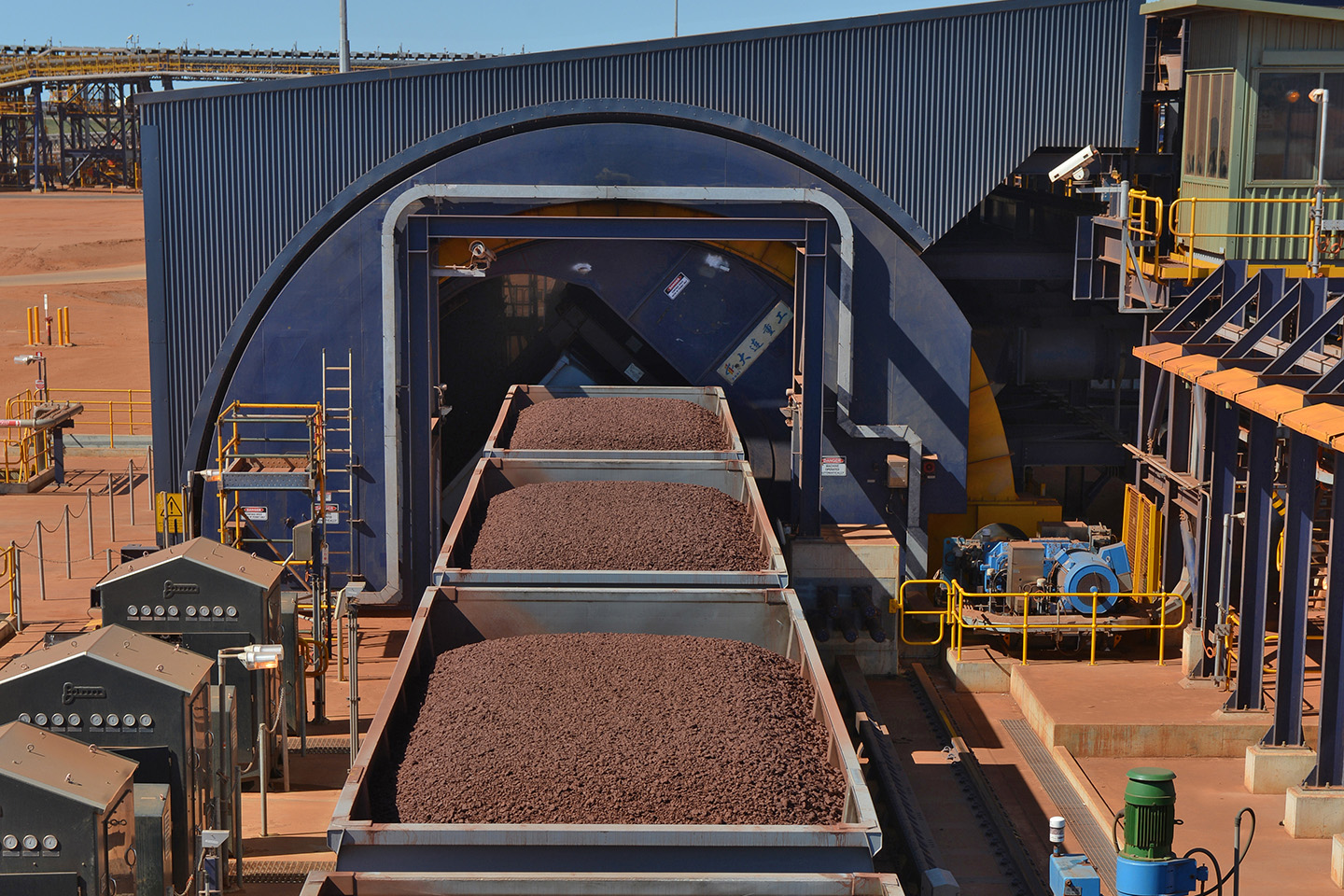ammonia: A colorless gas with a nasty smell. Ammonia is a compound made from the elements nitrogen and hydrogen. It is used to make food and applied to farm fields as a fertilizer. Secreted by the kidneys, ammonia gives urine its characteristic odor. The chemical also occurs in the atmosphere and throughout the universe.
amphibians: A group of animals that includes frogs, salamanders and caecilians. Amphibians have backbones and can breathe through their skin. Unlike reptiles, birds and mammals, unborn or unhatched amphibians do not develop in a special protective sac called an amniotic sac.
average: (in science) A term for the arithmetic mean, which is the sum of a group of numbers that is then divided by the size of the group.
behavior: The way something, often a person or other organism, acts towards others, or conducts itself.
biologist: A scientist involved in the study of living things.
chemical: A substance formed from two or more atoms that unite (bond) in a fixed proportion and structure. For example, water is a chemical made when two hydrogen atoms bond to one oxygen atom. Its chemical formula is H2O. Chemical also can be an adjective to describe properties of materials that are the result of various reactions between different compounds.
constipation: Difficulty defecating because the stool is too dense or because the intestinal tract does not contract sufficiently to efficiently move wastes through it.
dilute: To make something thinner or less concentrated by adding a liquid to it.
egg: A reproductive cell that contains half of the genetic information necessary to form a complete organism. In humans and in many other animals, ovaries produce eggs. When an egg fuses with a sperm, they combine to produce a new cell, called a zygote. This is the first step in the development of a new organism.”
gut: An informal term for the gastrointestinal tract, especially the intestines.
larvae: Immature insects that have a distinctly different form (body shape) than when they are adults. For instance, caterpillars are larval butterflies and maggots are larval flies. (Sometimes this term also is used to describe such a stage in the development of fish, frogs and other animals.)
sanitation: The protection of human health by preventing human contact with our own bodily wastes, through hand washing, use of things like use of toilets or latrines, separation of disposal of wastes from drinking-water sources and water, and cleaning water to rid of disease causing agents disinfecting foods and materials that may be ingested or otherwise enter the body.
species: A group of similar organisms capable of producing offspring that can survive and reproduce.
toxic: Poisonous or able to harm or kill cells, tissues or whole organisms. The measure of risk posed by such a poison is its toxicity.




















Discussion about this post